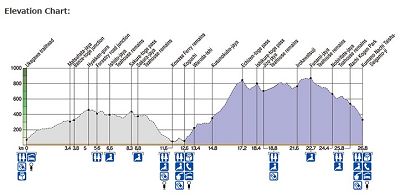|
|
|
Tanabe, jumping-off-place for Kumano Nakahechi
|
The various routes of the Kumano Kodo. The Nakahechi, the most famed and popular, is highlighted.
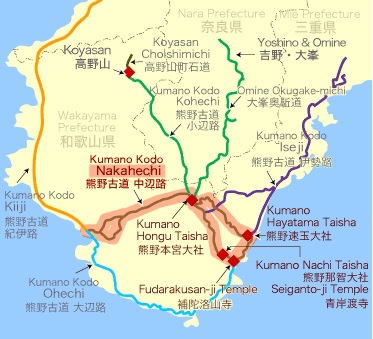 |
A "Dual Pilgrim" is someone who has walked both the Kumano Kodo and the Way of St.James (Camino de Santiago).
This program was developed to celebrate, honor, and share the stories of those who have completed both of these UNESCO World Heritage pilgrimage routes.
 |
Famous people associated with Tanabe include legendary super-hero Benkei, Morihei Ueshiba the inventor of Aikido - and Minakata Kumagusu, eccentric scientist, folklorist, environmentalist, philosopher and the force opposing the 1906 shrine consolidation law.
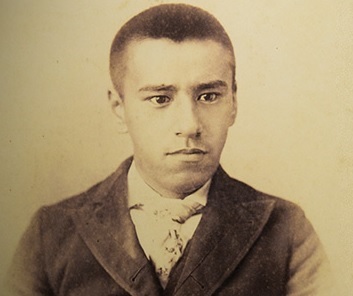 |
595 _18Apr03-nih_1436a Tokei Jinja shrine, designated a World Heritage site. The sign explains its significance in Japanese history.
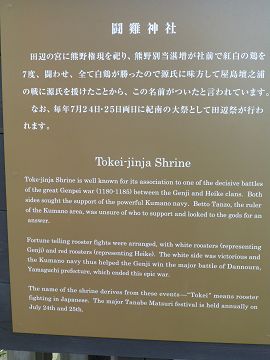 |
594 _18Apr03-nih_1424 The shine is beautiful.
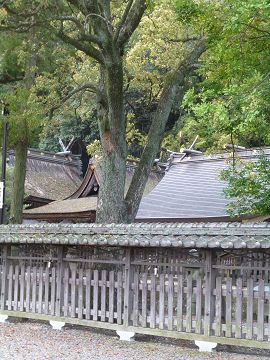 |
594 _18Apr03-nih_1436
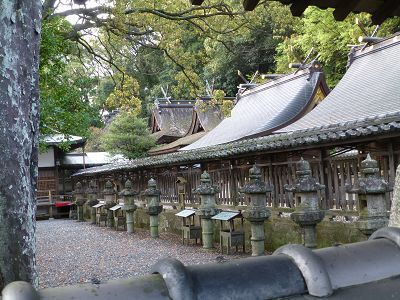 |
|
|
|
Takajiri Oji, the start of the Kodo, to Chikatsuyu-Oji
|
The graph illustrates the first two days of the Kodo.
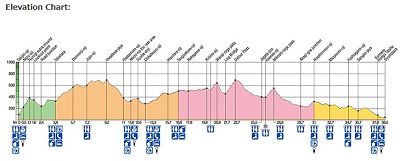 |
How the well-dressed Heian era pilgrim is supposed to look. Actually Itsuko, does not sacrifice style but hers is distinctly non-Heian. Of course, Heian court ladies were accompanied by 200 bearers and did not have to walk or to carry.
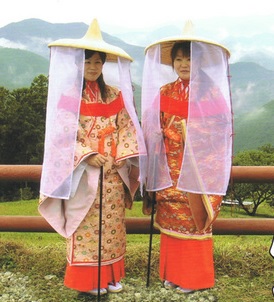 |
595 _18Apr03-nih_1734 We snap a "selfie" (by timer) to note the start of our walk.
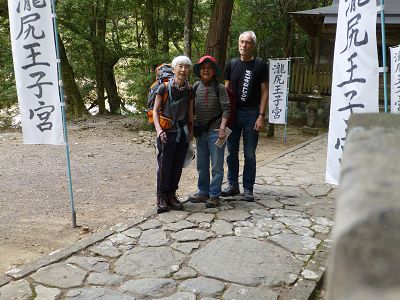 |
597 _18Apr03-nih_1846a
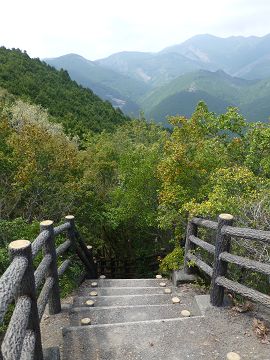 |
596 _18Apr03-nih_1846
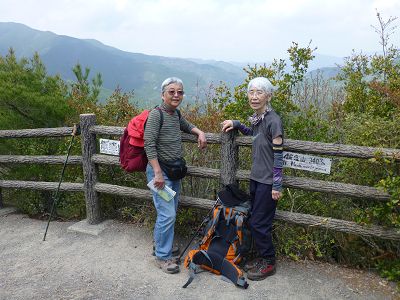 |
597 _18Apr03-nih_1852
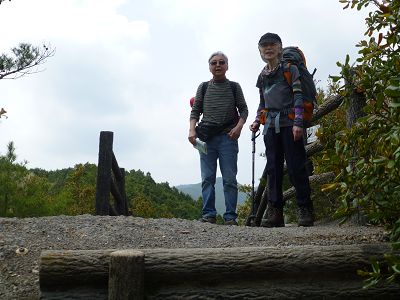 |
598 _18Apr03-nih_1953
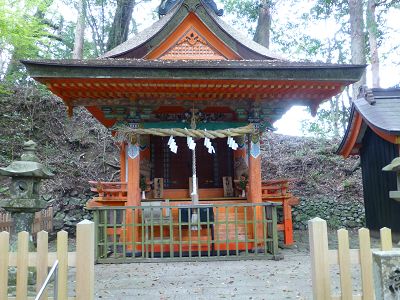 |
599 _18Apr03-nih_1959
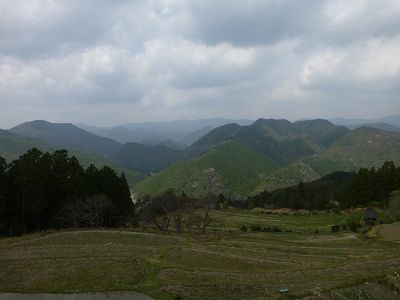 |
600 _18Apr03-nih_2005 The women want to eat lunch though we have walked only 2.5 hours and have done barely a third of the day's route.
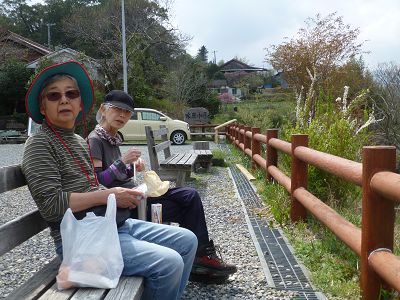 |
601 _18Apr03-nih_2035 This waterwheel is doing work.
 |
601 _18Apr03-nih_2052 This waterwheel appears to be just for fun.
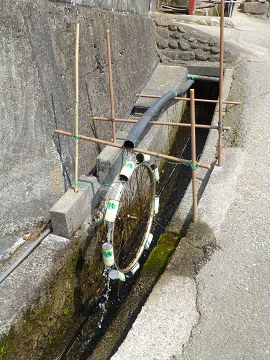 |
601 _18Apr03-nih_2116 These cedar forests are "managed." Except in proximity of the shrines, all cedars are very young. The mountains were stripped of trees after WWII, to rebuild the burned cities. Thereafter the government subsidized replanting.
 |
602 _18Apr03-nih_2117 For centuries the pilgrims have stacked rocks along the route, in sometimes whimsical arrangement.
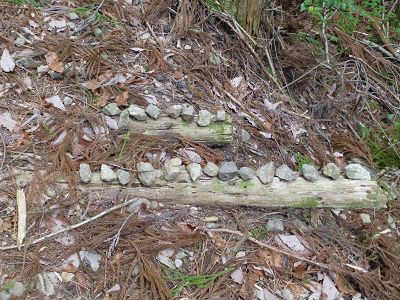 |
603 _18Apr03-nih_2117a
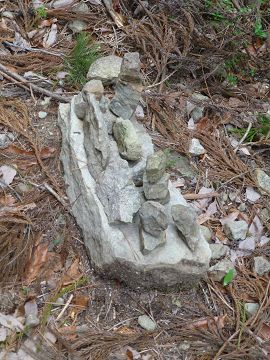 |
603 _18Apr03-nih_2118
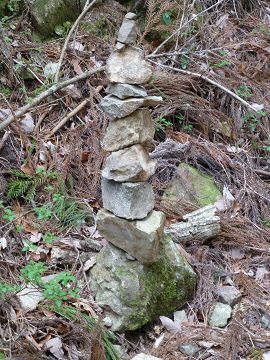 |
603 _18Apr03-nih_2118a
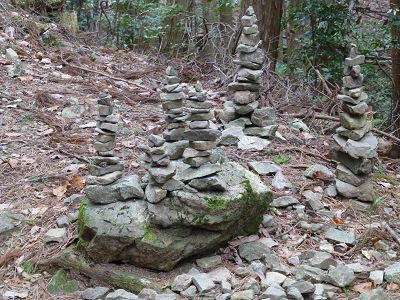 |
604 _18Apr03-nih_2144
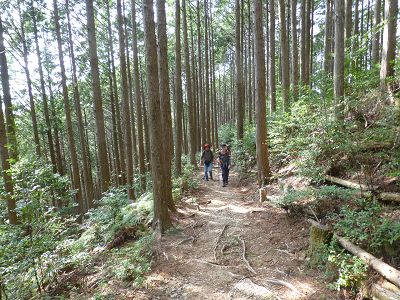 |
605 _18Apr03-nih_2201
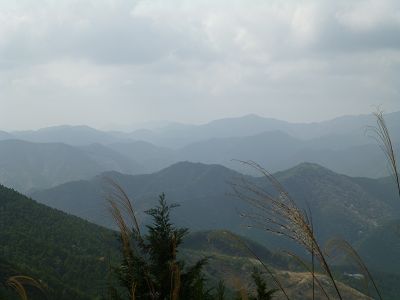 |
606 _18Apr03-nih_2203a
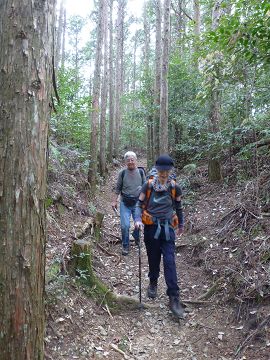 |
606 _18Apr03-nih_2212
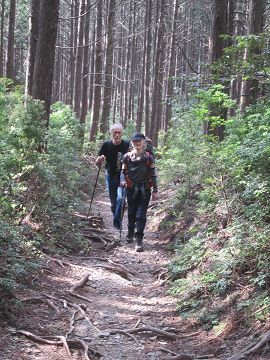 |
606 _18Apr03-nih_2216 This map-checking happened far more often than Bruce considered necessary. There is one route only, and it is well-marked route.
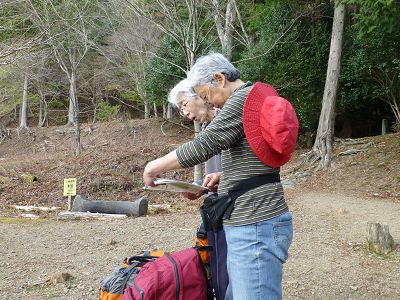 |
608 _18Apr03-nih_2244 My five-minute rest technique.
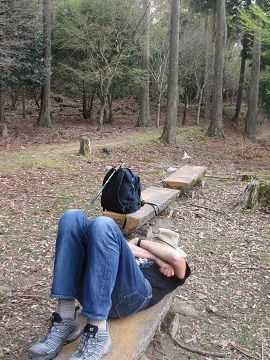 |
608 _18Apr03-nih_2310
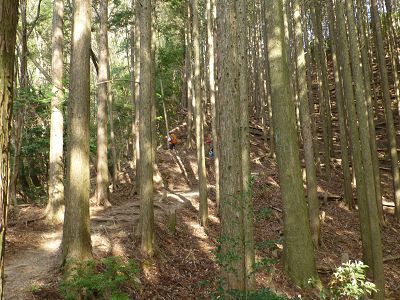 |
610 _18Apr03-nih_2313
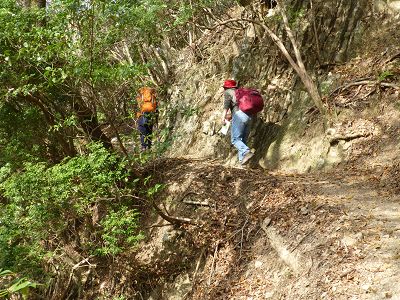 |
611 _18Apr03-nih_2317
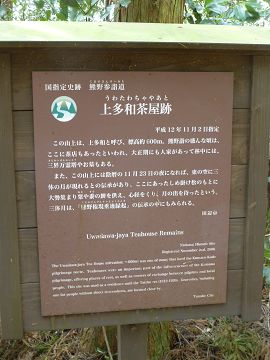 |
611 _18Apr03-nih_2319
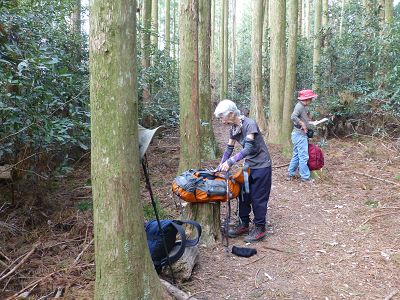 |
612 _18Apr03-nih_2338
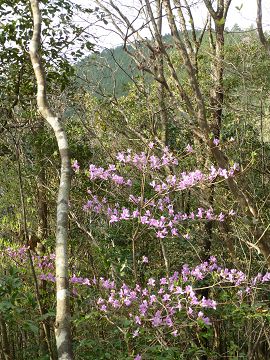 |
612 _18Apr04-nih_0051 The failure of focus is regretable. But this important monument remembers the founder of Shugendo, the composite religion of mountain ascetics. The Yamabushi - mountain ascetic priests - can still be see in other regions. They train by running up and down mountains, sitting under waterfalls, etc.
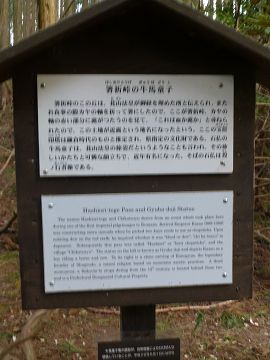 |
612 _18Apr04-nih_0051a
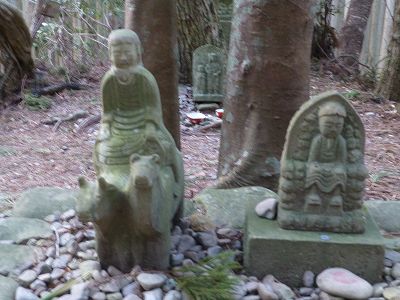 |
Periodically the Ojis or points of interest offer stamps by which the pilgrim can document that he or her visited.
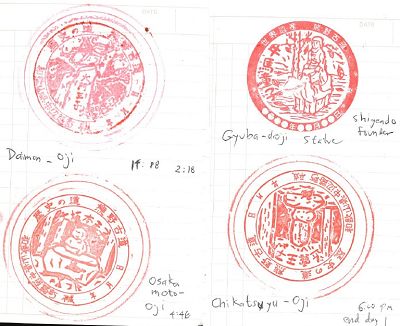 |
613 _18Apr04-nih_0057 Nearly finished...
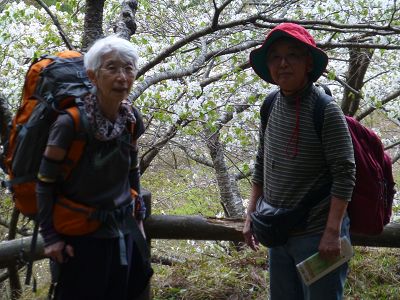 |
614 _18Apr04-nih_0058 ...but it is quite late. Most trekkers finished hours ago. At dinner the owner of the ryokan rains contempt upon us for our poor showing.
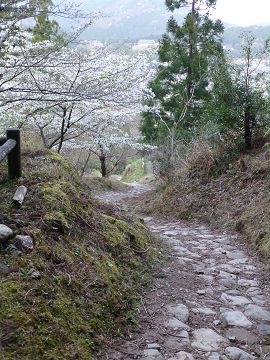 |
|
|
|
Chikatsuyu-Oji to Hongu Taisha.
The ryokan owner bluntly urged us to hike less and use the bus more. "I could tell you will have trouble when I received your phone call announcing you would be late." Regarding the fourth day he predicted, "you won't make it. There's no cellphone service, and no parallel bus route. You may die up there!" Itsuko and Noriko were laughing. "He just looked at these two old ladies and jumped to conclusions," Noriko scoffed. But I thought he should not be ignored. He has seen hundreds of trekkers. On this evening I first saw the elevation graph of the fourth day. "What makes you think we can do this?!" I exclaimed of Noriko. Based on our performance on this first day my opinion inclined toward that of the old guy. We took his advice about starting early, at least.
|
614 _18Apr04-nih_1447 We wait for the bus by which we will skip a few km. We ate breakfast at 6:00 AM and are waiting for the bus at 7:20.
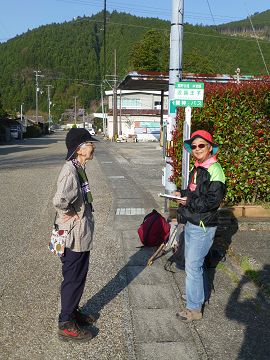 |
614 _18Apr04-nih_1552
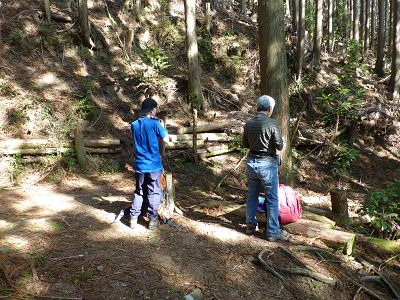 |
615 _18Apr04-nih_1653 This is one of two major detour paths. In 2011 an unprecedented typhoon "split the mountain." A repair has not yet been possible, so a couple km detour was created. Note the crushed rock in place of the ancient step stones.
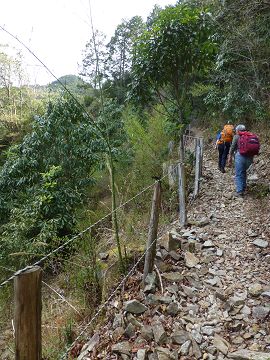 |
615 _18Apr04-nih_1653b
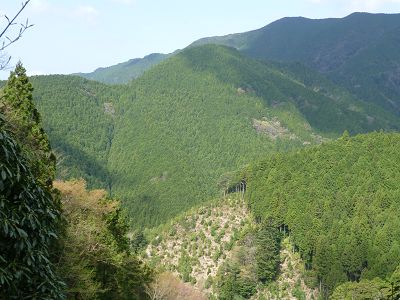 |
617 _18Apr04-nih_1657
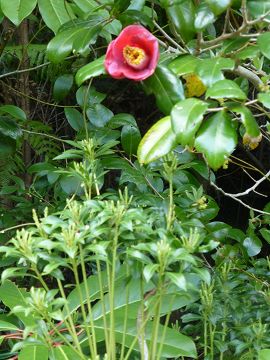 |
616 _18Apr04-nih_1655
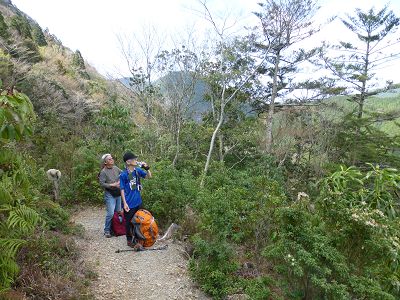 |
618 _18Apr04-nih_1828
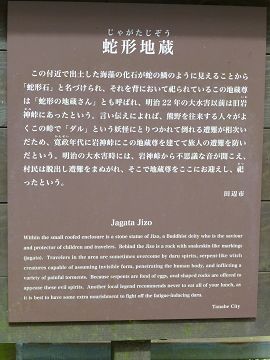 |
618 _18Apr04-nih_1827 Bruce is a big fan of Jizo. This is a special one.
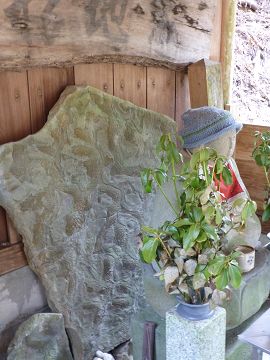 |
619 _18Apr04-nih_1849
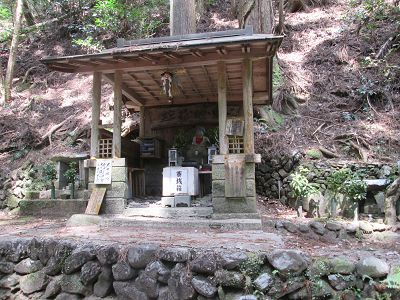 |
620 _18Apr04-nih_1850
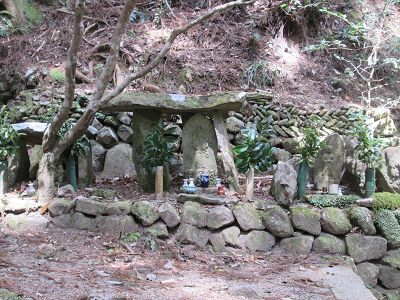 |
618 _18Apr04-nih_1833a
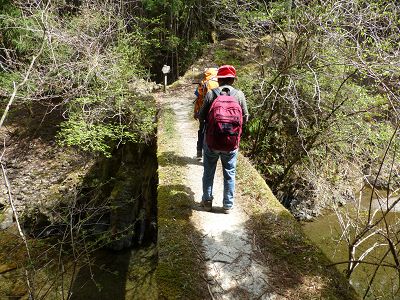 |
621 _18Apr04-nih_1909
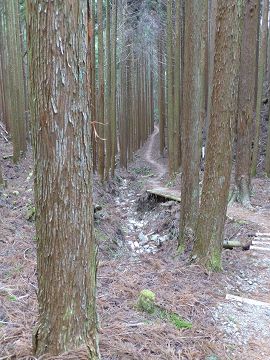 |
621 _18Apr04-nih_1910a
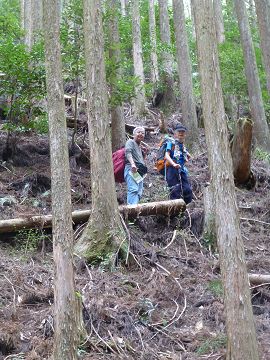 |
621 _18Apr04-nih_1936
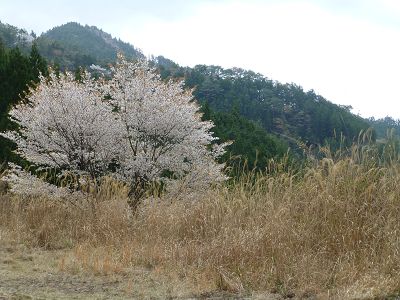 |
622 _18Apr04-nih_1947 Thanks to the World Heritage designation, a few high quality bathrooms have been constructed. Some modern hikers were observed to fall on their knees in gratitude for these bathrooms.
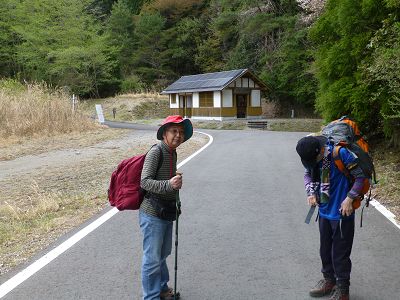 |
623 _18Apr04-nih_2007
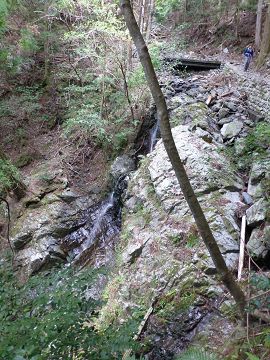 |
623 _18Apr04-nih_2016
 |
623 _18Apr04-nih_2017 For its first 1000 years the Kodo made its way through 500-1000 year old trees. These are all gone now, so we our experience is quite different from that of the ancients. To envision that ancient feeling see "Mononoke" by background artist Kazuya Oga, or the Yakushima forest which inspired him.
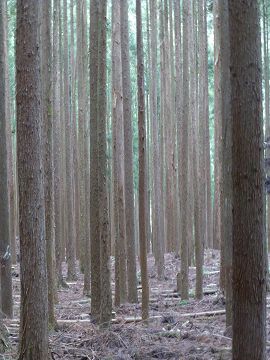 |
|
|
623 _18Apr04-nih_2022 The effect of a catastrophic landslide can be seen. These mountains are mostly composed of very soft dirt which is easily unsettled. They mountains were largely stripped of trees after WW II, resulting in extreme instances of erosion.
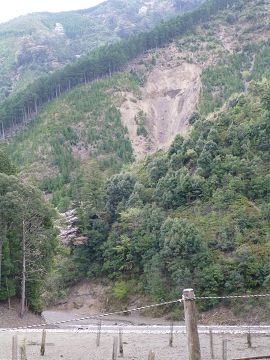 |
623 _18Apr04-nih_2022a
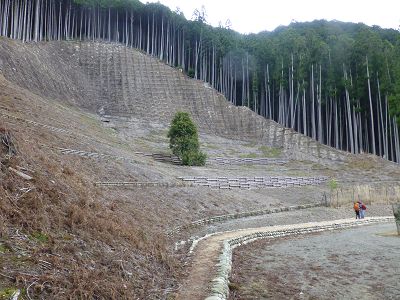 |
624 _18Apr04-nih_2049
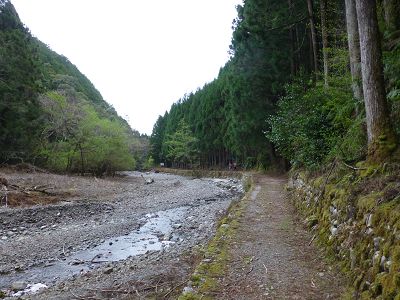 |
625 _18Apr04-nih_2049a
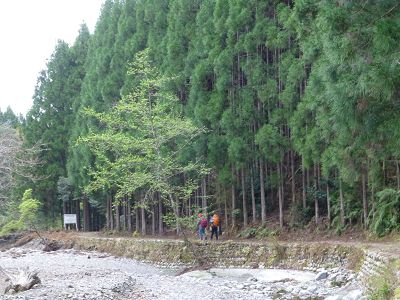 |
628 _18Apr04-nih_2137b
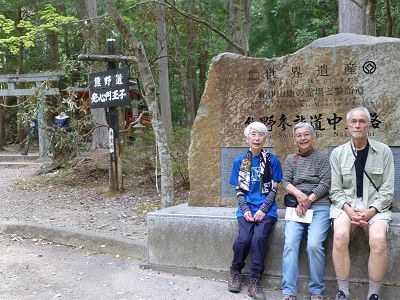 |
629 _18Apr04-nih_2144 Rationale for the World Heritage designation. "...The foundation of our faith is in this cultural landscape."
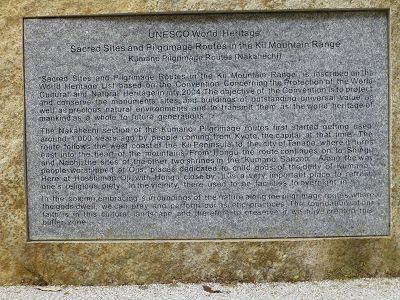 |
630 _18Apr04-nih_2234
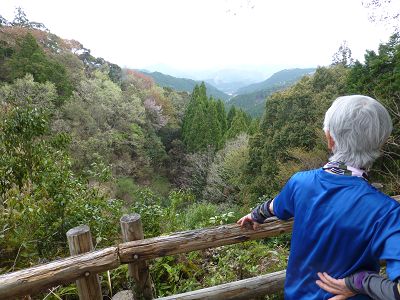 |
631 _18Apr04-nih_2239 We could not resist the lure of coffee at this the only trail-side place we ever encountered. Along the entire Kodo through ancient times resided very many teahouses, now all vanished but remembered by the posted signs.
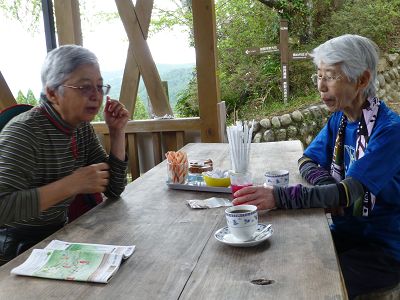 |
632 _18Apr04-nih_2247 Izumi Skikibu is the author of Tale Of Genji, the world's first known novel authored 1000 years ago. Please click to enlarge, and read of her experience at thsi location.
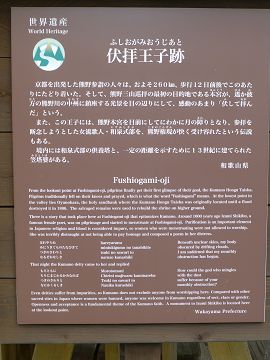 |
632 _18Apr04-nih_2338
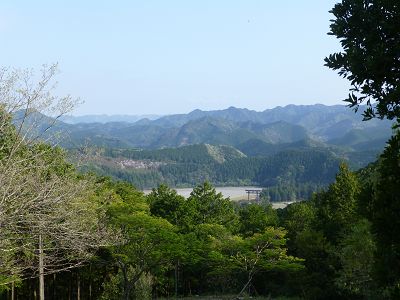 |
633 _18Apr04-nih_2339 The vast sandbar marking the Hongu site is indeed an exceptional feature in these green mountains.
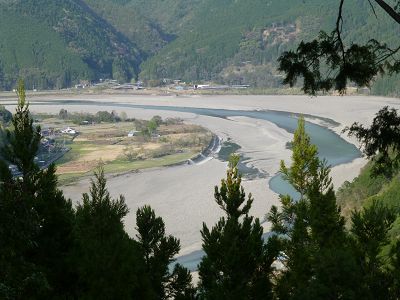 |
|
|
|
Hongu Taisha, the axis from which all kodo routes radiate. The most splendid of the Kumano Sanzan.
|
634 _18Apr05-nih_0008 This is the temple paired to the shrine.
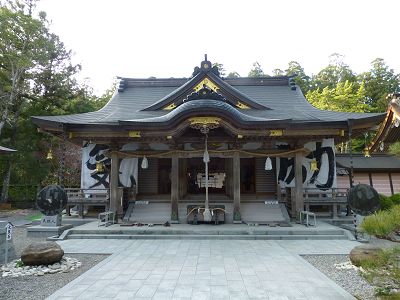 |
635 _18Apr05-nih_0013
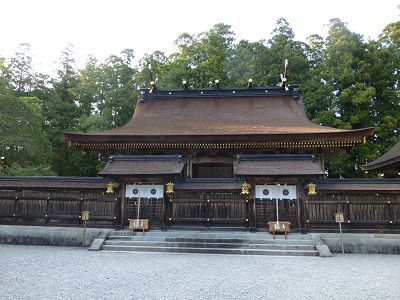 |
636 _18Apr05-nih_0020 Hongu Taisha. To pre-Shinto nature worshippers, this place represented the "womb."
 |
639 _18Apr05-nih_0026 The buildings, particularly the roofs which is all we are permitted to view, are beautiful.
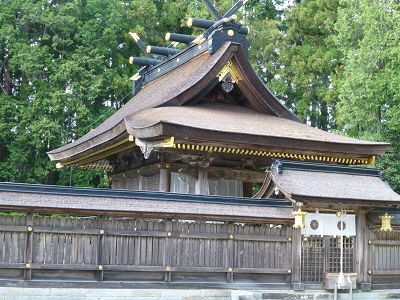 |
641 _18Apr05-nih_0037 Shrines enclose "spiritual antennae" or yoroshiro, places for the spirit of Kami to descend. Both great shrines and little "oji" are places where people welcome the sprit of Kami. The enclosre must remain a "clean" spaces, into which everyday humans must not tread and even kannushi (shinto priests) may not enter without rigorous purification. Hence the enclosure around all major shrines.
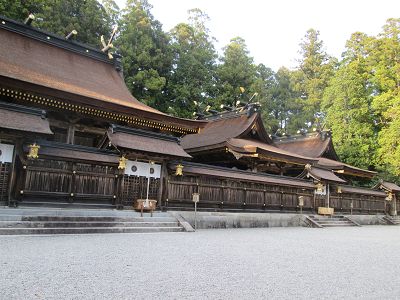 |
637 _18Apr05-nih_0024 Each of the three great shrines of the Sanzan contain shrines for each of the three main Kami. Each of the three have three subordinate Kami, so the Hongu Taisha enclosure contains twelve buildings. Such great shrines have prodigious shimenawa (pleated rope.)
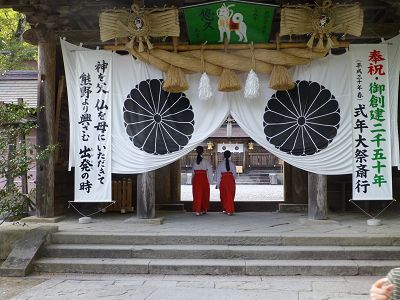 |
646 _18Apr05-nih_0049
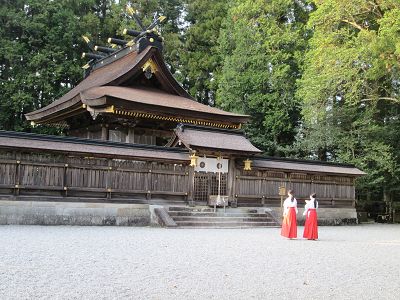 |
638 _18Apr05-nih_0024a We arrive just as the Miko (shrine maidens) are saying goodnight to the Kami before leaving work.
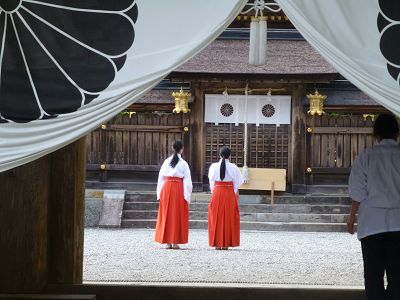 |
|
|
|
Yatagarsu, background and instructions
|
Yatagarasu, the divine messenger and icon of the Kumano Sanzan. See this icon everywhere.
 |
637 _18Apr05-nih_0022 Explanation of Yatagarasu, and connections to ancient beliefs on other continents.
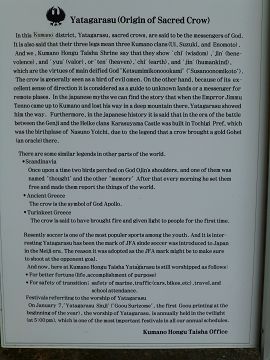 |
640 _18Apr05-nih_0032
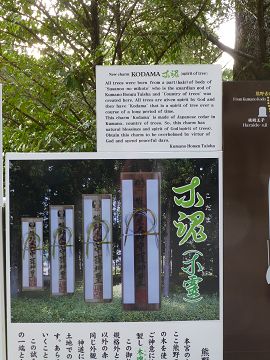 |
640 _18Apr05-nih_0033 Instructions for proper worship.
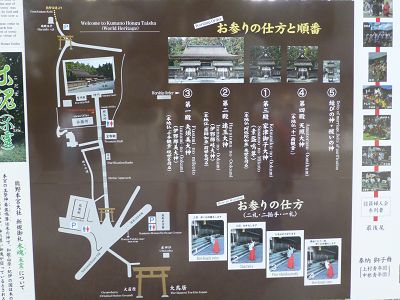 |
Stamps of Day 2
 |
|
|
6. Oyunahara, Hongu Original Site
Oyunahara, the original location of Hongu Taisha, a short walk from the current location.
|
643 _18Apr05-nih_0044 A view of the mountainside. By the texture one can discern the cedar from the broadleaf forests.
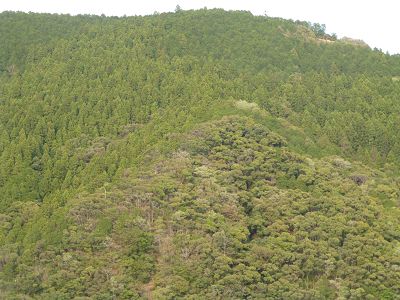 |
642 _18Apr05-nih_0042 This is the largest torii in Japan.
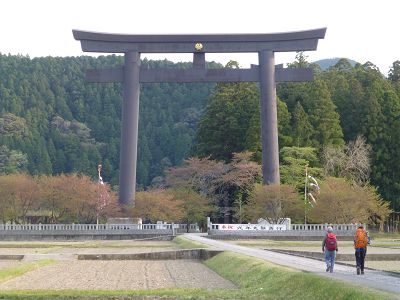 |
644 _18Apr05-nih_0045
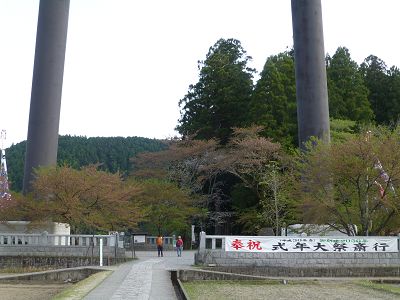 |
647 _18Apr05-nih_0051 For 800 years Hongu Taisha was located here. For 1000 years before that, this great sandbar had the site of purification bathing by the pre-Shinto Japanese. In 1886 a great flood swept away the original Taisha. It was rebuilt on somewhat higher ground.
 |
|
|
|
Kumano Nakahechi - Noriko and Itsuko were awake until previous midnight debating whether to continue considering that light rain is predicted. In the morning Bruce declared, "let's just try." Sometimes a male is good for something.
|
|
|
648 _18Apr05-nih_1622
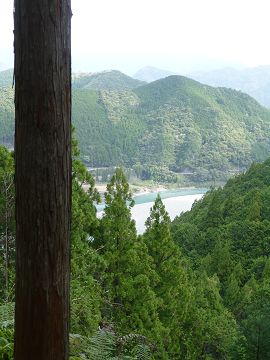 |
648 _18Apr05-nih_1623
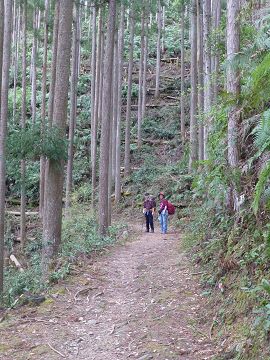 |
648 _18Apr05-nih_1624
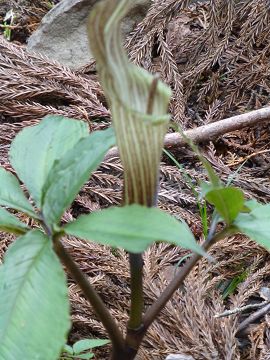 |
648 _18Apr05-nih_1756
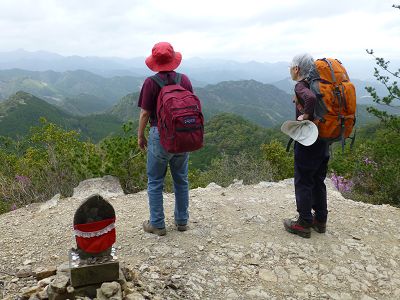 |
649 _18Apr05-nih_1757a Looking back toward Hongu
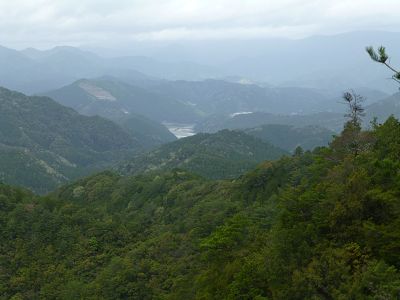 |
650 _18Apr05-nih_1758
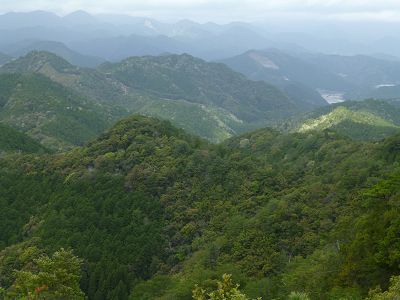 |
651 _18Apr05-nih_1758a
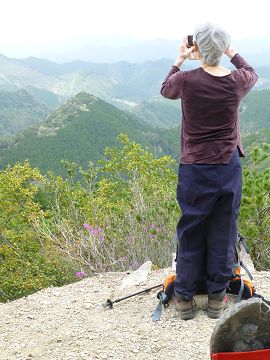 |
651 _18Apr05-nih_1759
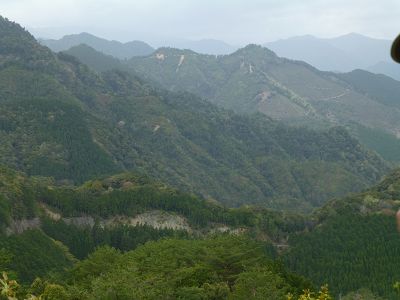 |
652 _18Apr05-nih_1801
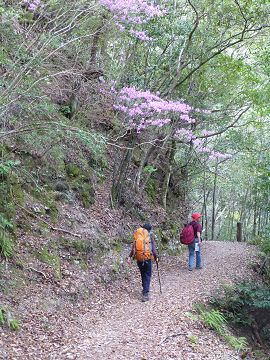 |
652 _18Apr05-nih_1821
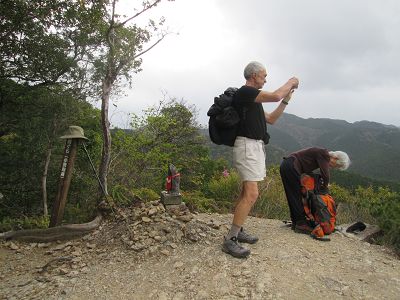 |
653 _18Apr05-nih_1822
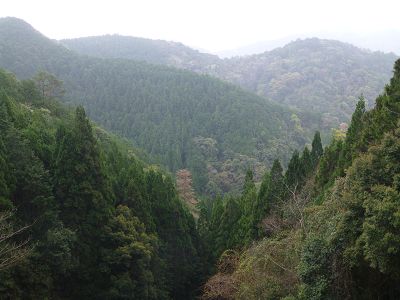 |
654 _18Apr05-nih_1822a "Death-by-odor" bathroom, but it's nearly the only one of the day. Waiting til the next one is not an option.
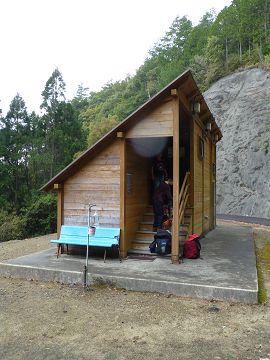 |
654 _18Apr05-nih_1841
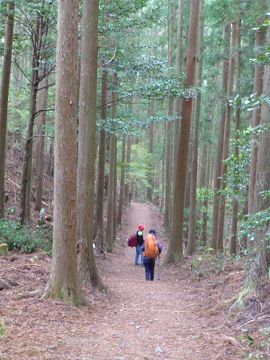 |
654 _18Apr05-nih_1842
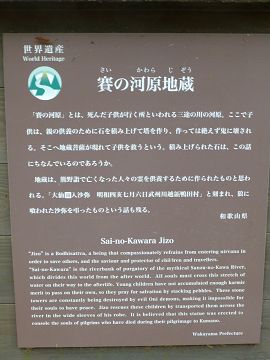 |
654 _18Apr05-nih_1843
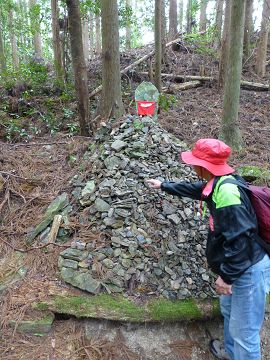 |
654 _18Apr05-nih_1853 "niwakaame" - light intermittent shower begins about 10:30.
 |
655 _18Apr05-nih_1921
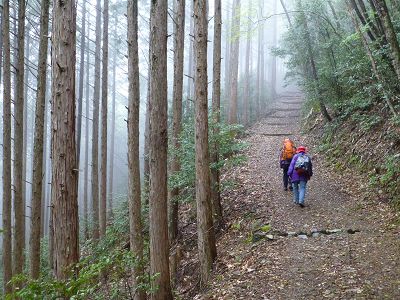 |
656 _18Apr05-nih_1924b
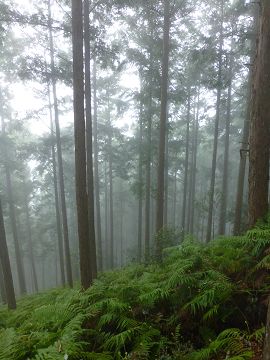 |
656 _18Apr05-nih_1932 Half an hour later we must don raingear.
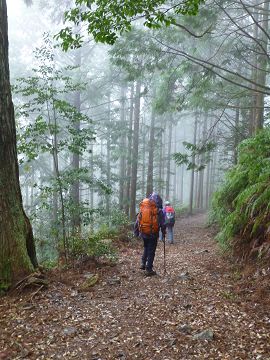 |
656 _18Apr05-nih_1934
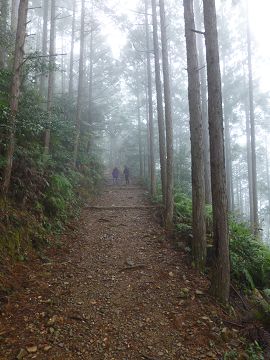 |
656 _18Apr05-nih_1943
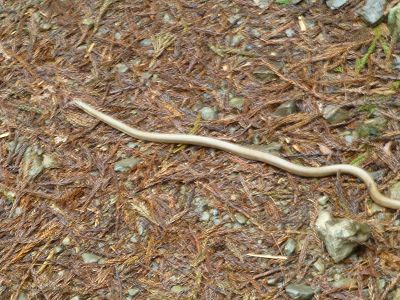 |
657 _18Apr05-nih_1952
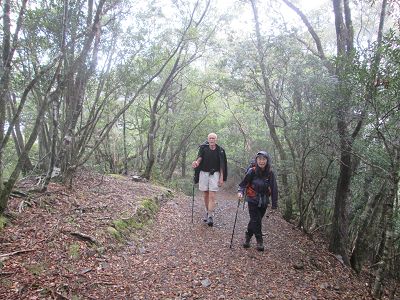 |
658 _18Apr05-nih_1952b
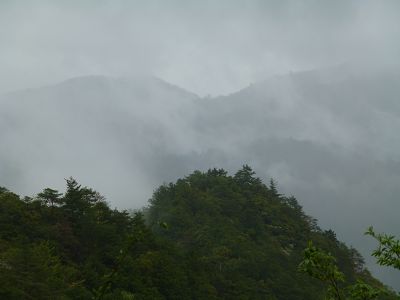 |
659 _18Apr05-nih_1953a
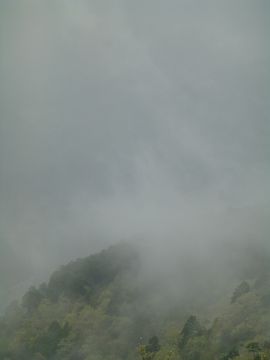 |
659 _18Apr05-nih_1953c The rain veils the mountains. One does not doubt the proximity of Kami. This view is about the same as that enjoyed by pilgrims 1000 years ago.
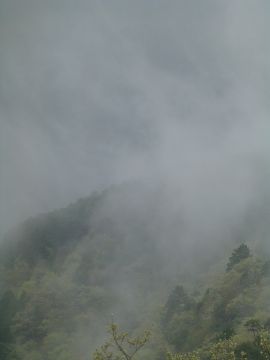 |
659 _18Apr05-nih_1954
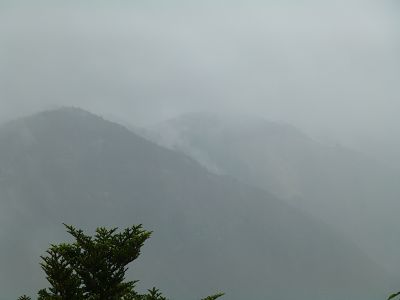 |
660 _18Apr05-nih_1956
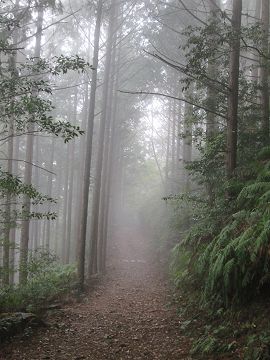 |
660 _18Apr05-nih_2016
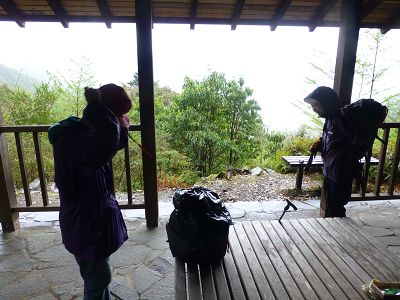 |
661 _18Apr05-nih_2032
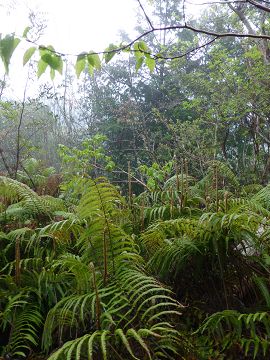 |
661 _18Apr05-nih_2032a
 |
661 _18Apr05-nih_2038
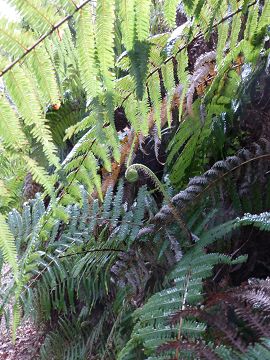 |
661 _18Apr05-nih_2039
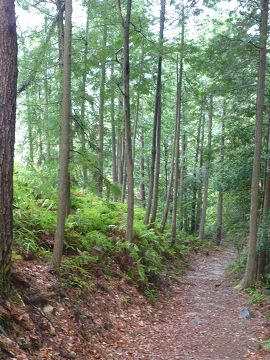 |
661 _18Apr05-nih_2041
 |
662 _18Apr05-nih_2041a
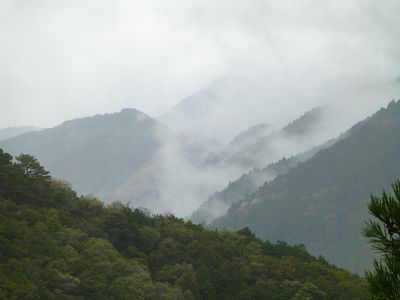 |
663 _18Apr05-nih_2044
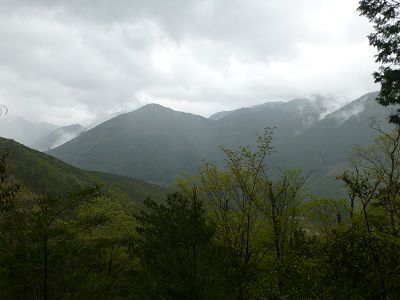 |
664 _18Apr05-nih_2103
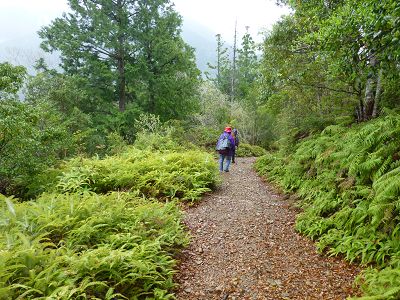 |
665 _18Apr05-nih_2104
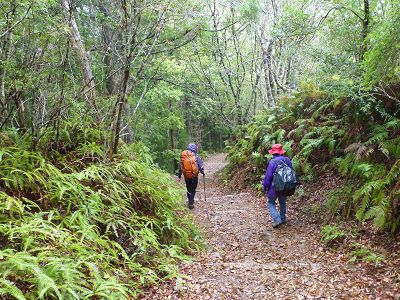 |
666 _18Apr05-nih_2105
 |
667 _18Apr05-nih_2111
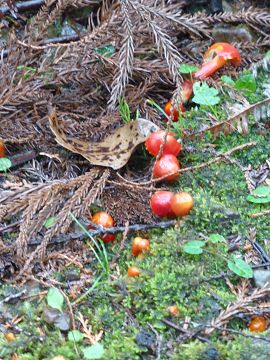 |
667 _18Apr05-nih_2134 Thanks to less procrastination thanks to the rain, we finish at a decent hour. In light rain the mountains were lovely.
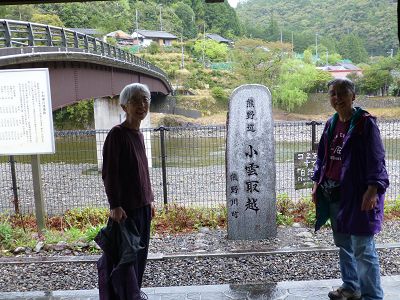 |
|
|
|
Kumano Nakahechi - By consensus, Bruce continues on by himself. Thus one of us may complate Noriko's original plan while the women may visit the shrine which is not on the Kodo.
|
668 _18Apr06-nih_1542 The first steps ascending from the settlement.
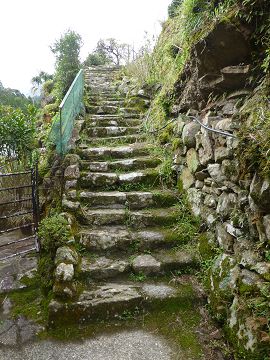 |
668 _18Apr06-nih_1545
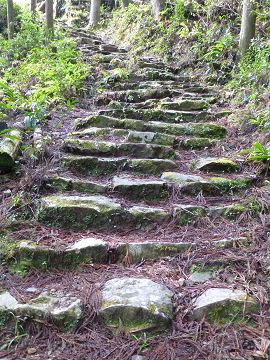 |
668 _18Apr06-nih_1554
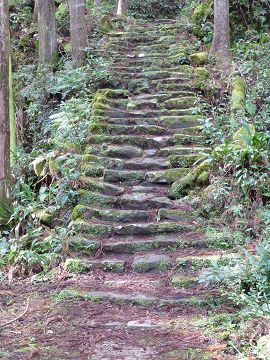 |
668 _18Apr06-nih_1557
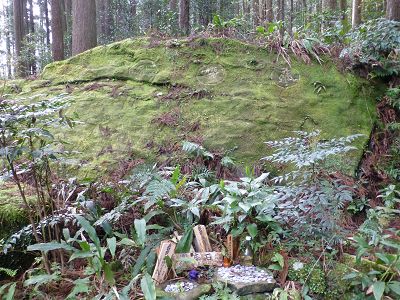 |
669 _18Apr06-nih_1557a
 |
669 _18Apr06-nih_1558
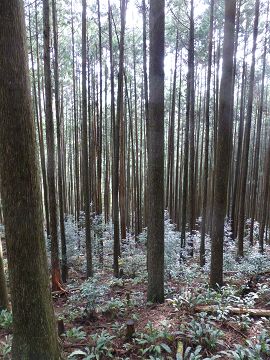 |
669 _18Apr06-nih_1621
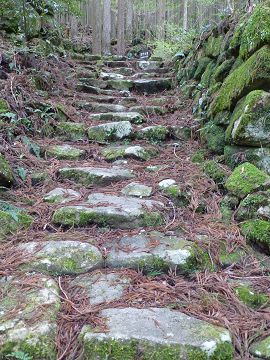 |
669 _18Apr06-nih_1629 One of the many varied Jizos.
 |
669 _18Apr06-nih_1635
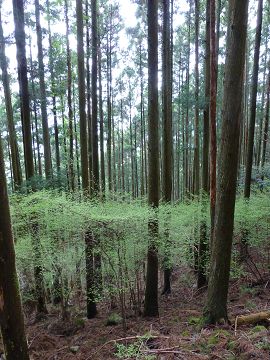 |
669 _18Apr06-nih_1655 Dogiri-zaka means "body-break path." This is an ancient nickname for this leg of the Kodo.
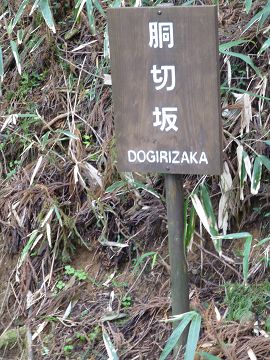 |
669 _18Apr06-nih_1656 A seemingly endless steady slope of 30-40 degrees. This is the view preceding sign;
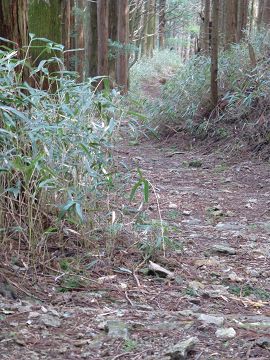 |
669 _18Apr06-nih_1656a This is the view beyond the sign, the slope extending in both directions far beyond sight.
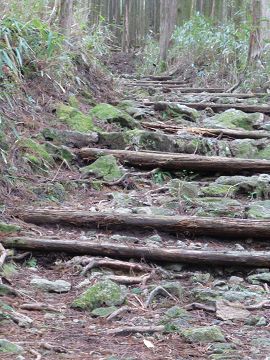 |
669 _18Apr06-nih_1727 The pass attained, less than two hours from my start. Resting at the pass I encounter the Canadians, who have trekked all the way from Koyasan.
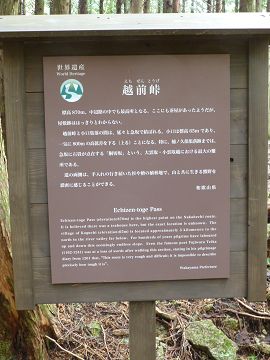 |
669 _18Apr06-nih_1739
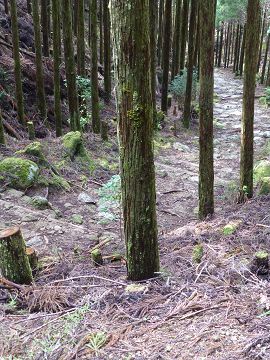 |
669 _18Apr06-nih_1742
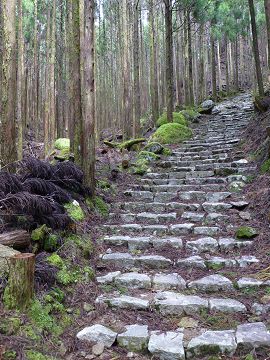 |
669 _18Apr06-nih_1744
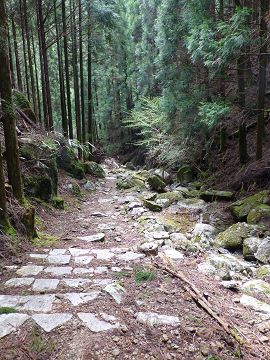 |
670 _18Apr06-nih_1746a
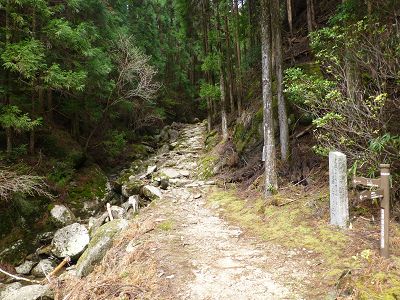 |
671 _18Apr06-nih_1746b
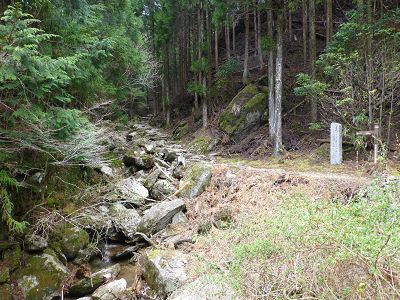 |
672 _18Apr06-nih_1752
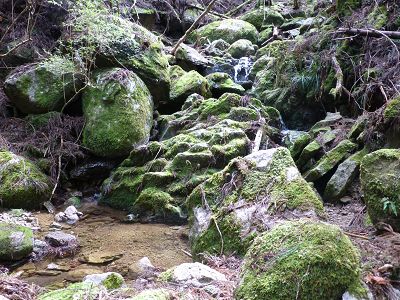 |
673 _18Apr06-nih_1821 On another of the detours, this one a forest road. It is fairly level, but exposed, windy and very cold.
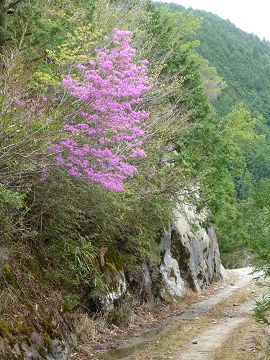 |
673 _18Apr06-nih_1843
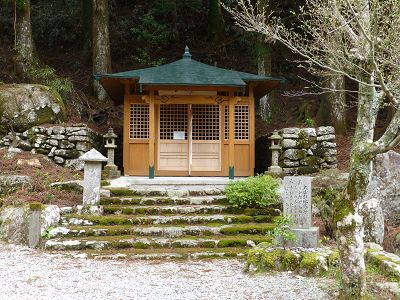 |
674 _18Apr06-nih_1921
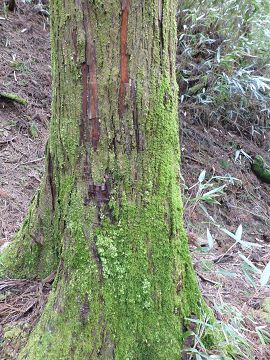 |
674 _18Apr06-nih_1926
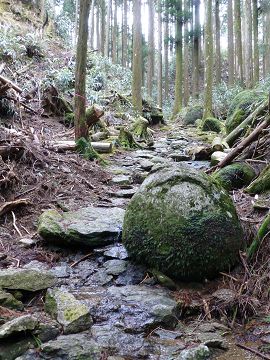 |
674 _18Apr06-nih_1929 Jizo is always a welcome encounter.
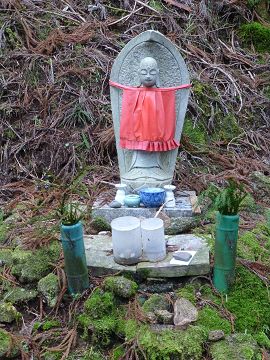 |
674 _18Apr06-nih_1934
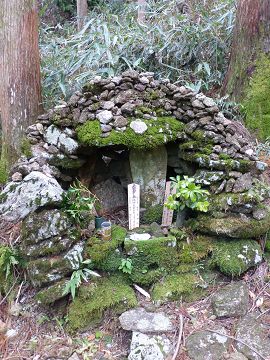 |
674 _18Apr06-nih_1952 Though the official sign I passed earlier announced the highest point, the old marker indicates one higher.
 |
674 _18Apr06-nih_2023a The only viewpoint along this entire route. This one is not evident from the trail and poorly marked. It is a wondrous view. I later realize this is Kii Katsuura.
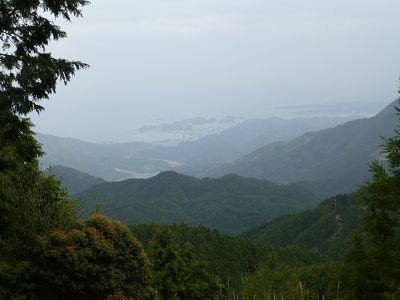 |
675 _18Apr06-nih_2023c
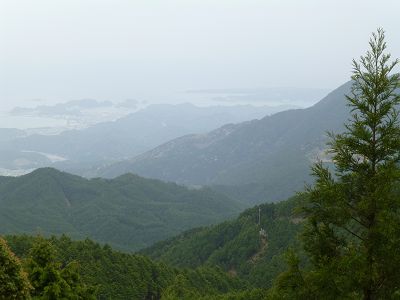 |
676 _18Apr06-nih_2024
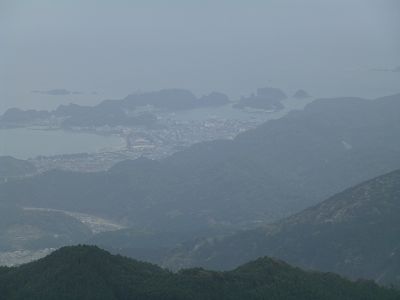 |
677 _18Apr06-nih_2032
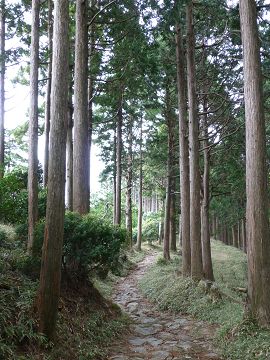 |
|
|
|
While Bruce hikes, Itsuko and Noriko visit the 2nd grand shrine of the Sanzan. In pre-Shinto nature worship this site represented the "male." It is not on the Nakahechi route, so it was well we split into two parties for this day.
|
669 _18Apr06-nih_1746
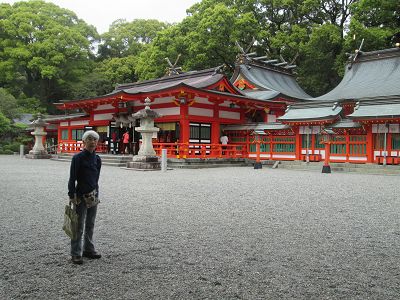 |
673 _18Apr06-nih_1839
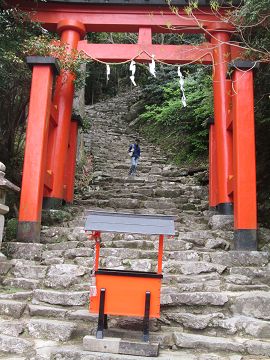 |
673 _18Apr06-nih_1825 To pre-Shinto worshippers this Jinja embodied the male principal. Note the enormous "tama" which is the worshipped natural object.
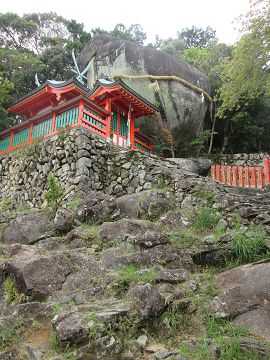 |
|
|
|
Hands and face numbed by cold wind, bruce descends the Dogiri-zaka
|
678 _18Apr06-nih_2151 ("selfie" by timer)
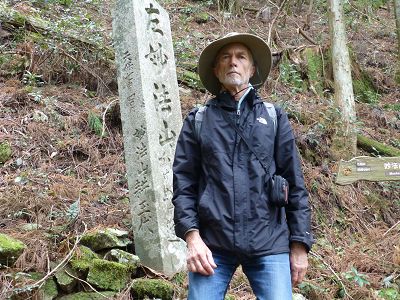 |
684 _18Apr06-nih_2314
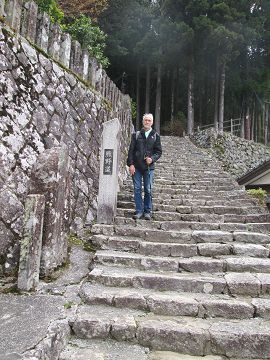 |
680 _18Apr06-nih_2201 Enjoying the most satisfying amazake a man ever drank.
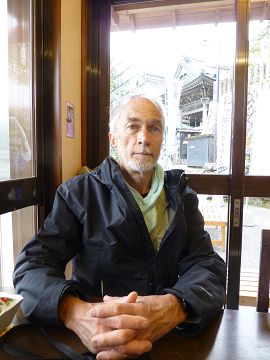 |
|
|
|
Reunited at Nachisan, the third great shrine of the Kumano Sanzan.
|
679 _18Apr06-nih_2157
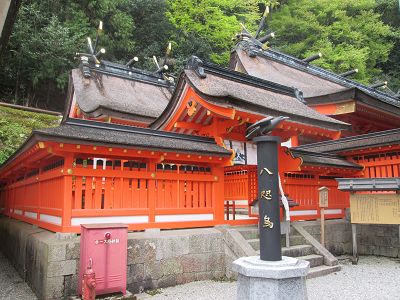 |
680 _18Apr06-nih_2228
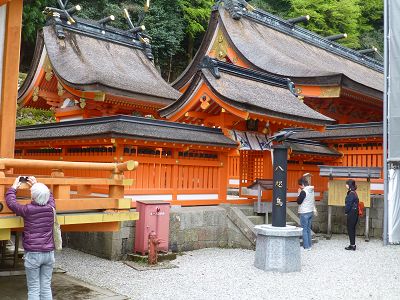 |
681 _18Apr06-nih_2228a
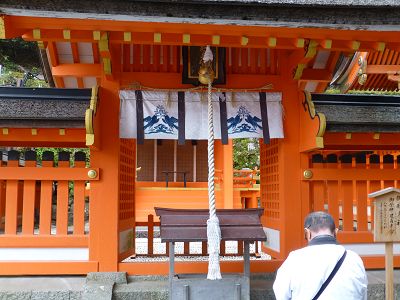 |
682 _18Apr06-nih_2247 It is jarring to rejoin silly tourists once more, all carrying staffs as if they had descended from the mountain.
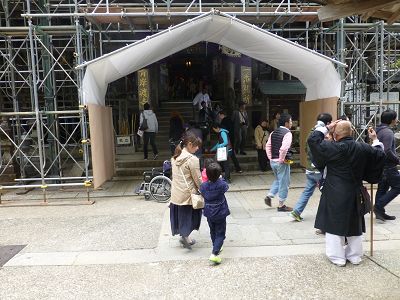 |
677 _18Apr06-nih_2124
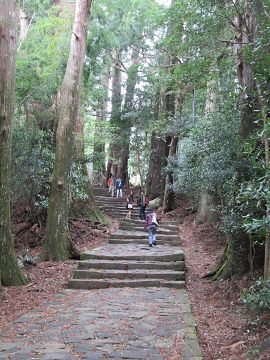 |
683 _18Apr06-nih_2248
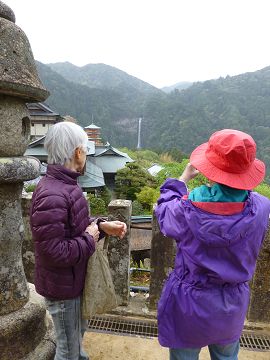 |
683 _18Apr06-nih_2248a
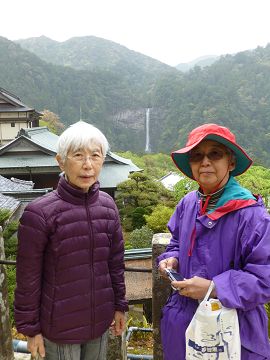 |
683 _18Apr06-nih_2257
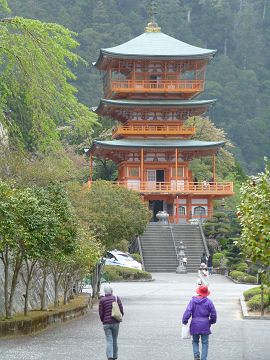 |
683 _18Apr06-nih_2258 Nachi-san. To pre-Shinto nature worshippers 2000 years ago, this was the female element. See the hakuhei (folded white paper) strung across the mouth.
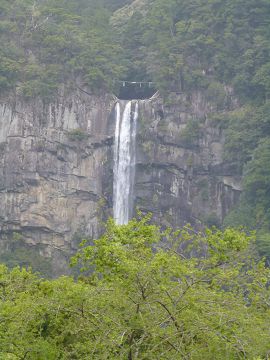 |
683 _18Apr06-nih_2312
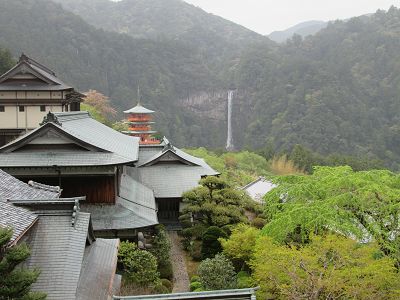 |
684 _18Apr06-nih_2317a On the Kodo, 80% of visitors were foreigners. Not so at the tourist spots reachable by car and by bus.
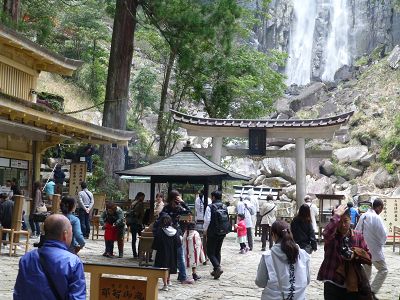 |
685 _18Apr06-nih_2319
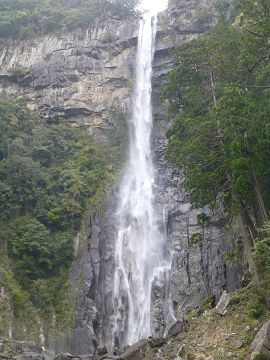 |
685 _18Apr06-nih_2319b
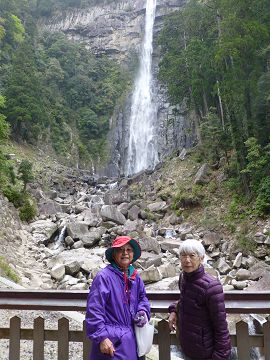 |
685 _18Apr06-nih_2321
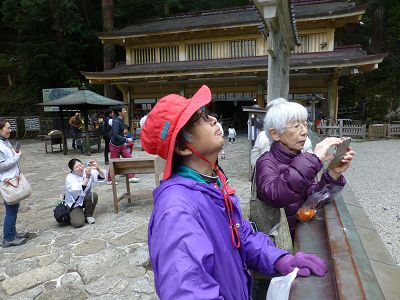 |
686 _18Apr06-nih_2342
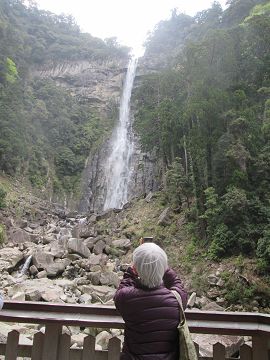 |
686 _18Apr06-nih_2343
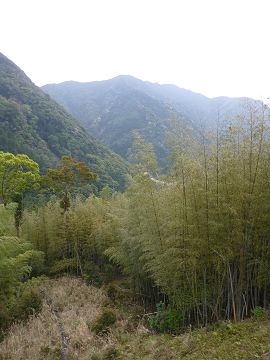 |
686 _18Apr07-nih_0012 These cedars, along the procession from the sea to the Jinja, are 500-800 years old.
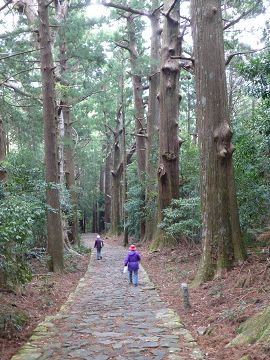 |
686 _18Apr07-nih_0043 An 800-1000 year old.
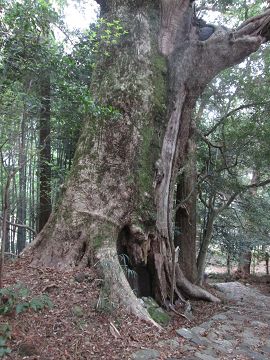 |
|
|
|
Satisfaction!
|
716 _18Apr08-nih_1008 The super-express to Nagoya
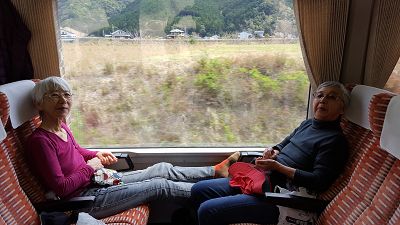 |
688 _18Apr07-nih_2124 Shinkansen, Nagoya to Tokyo
 |





















































































